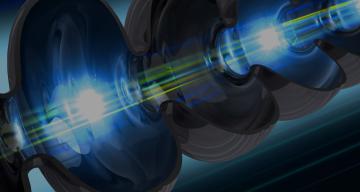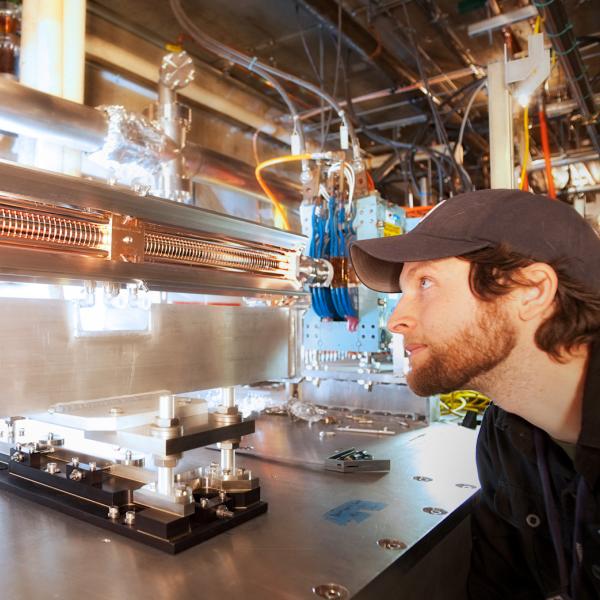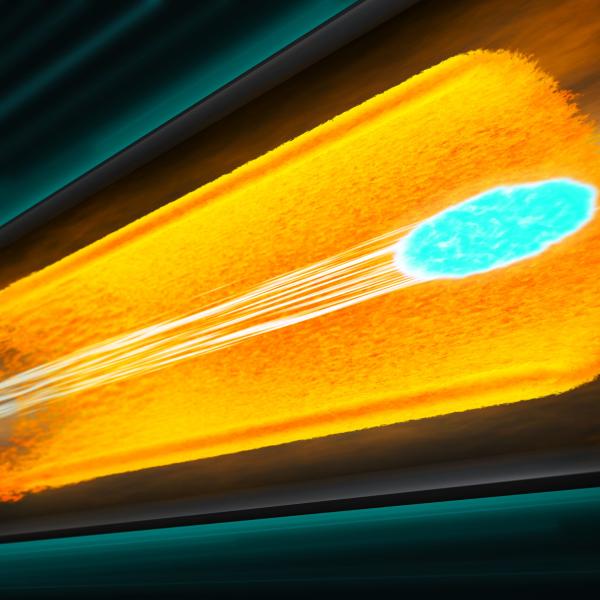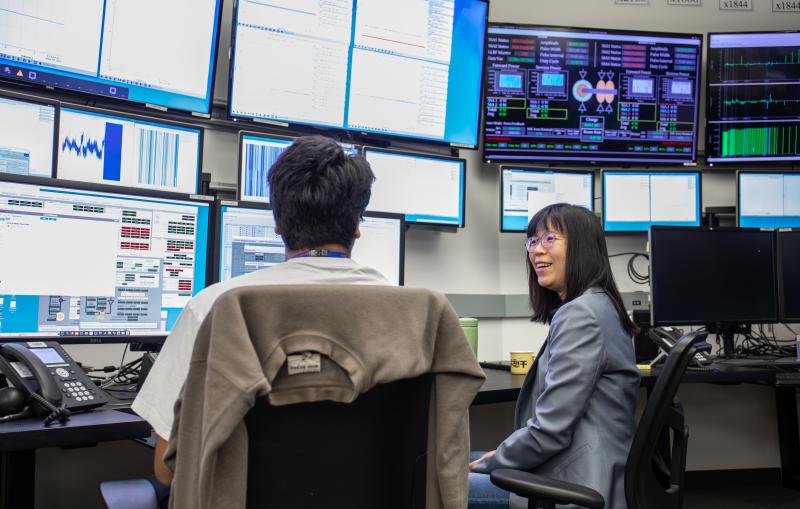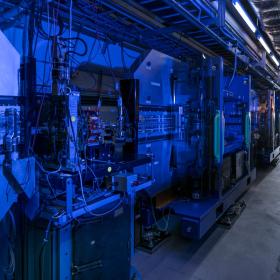Accelerators are the backbone of SLAC's national user facilities, creating unprecedented opportunities for a global research community. Accelerators are complicated machines, with hundreds of thousands of components that all need to be designed, engineered, operated and maintained to achieve the highest-energy acceleration and the highest-quality particle beams. Research at SLAC is continually improving accelerators, both here and at other laboratories, and paving the way to a new generation of technology for future accelerators, from particle colliders to ultrabright X-ray light sources, opening avenues in high-energy physics, medicine, and materials, biological and energy sciences.
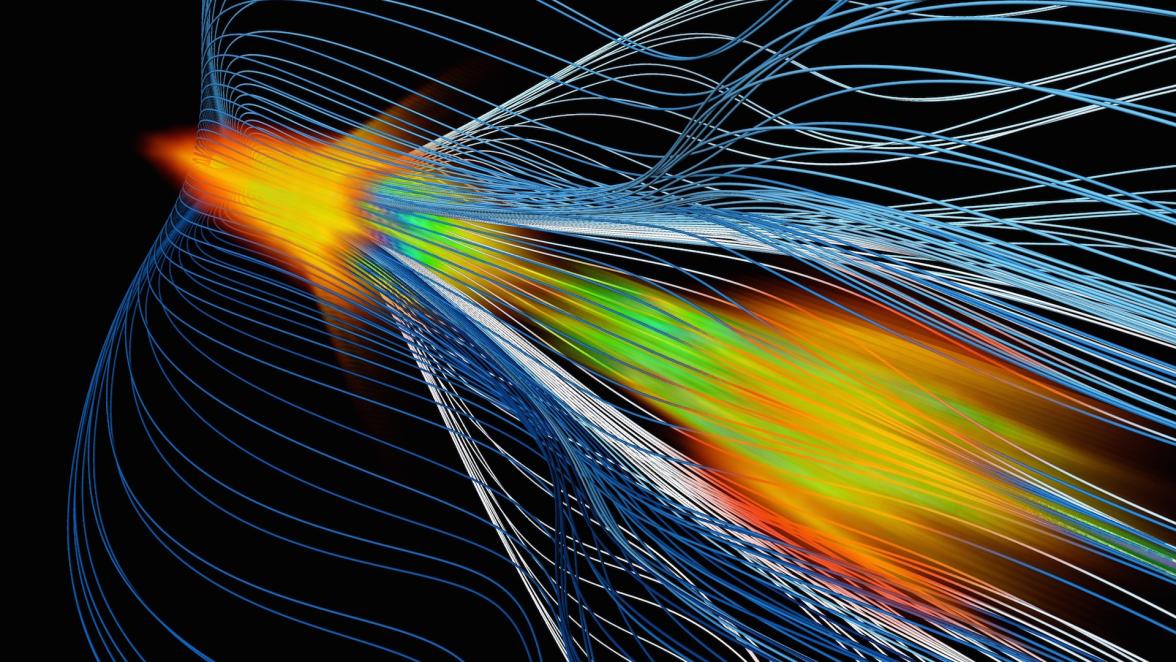
Accelerator physics
Accelerator science and technology have been at the core of SLAC’s mission from the beginning. The Accelerator Directorate operates and maintains our existing accelerators to provide the highest possible level of performance by developing ways to preserve beam quality.
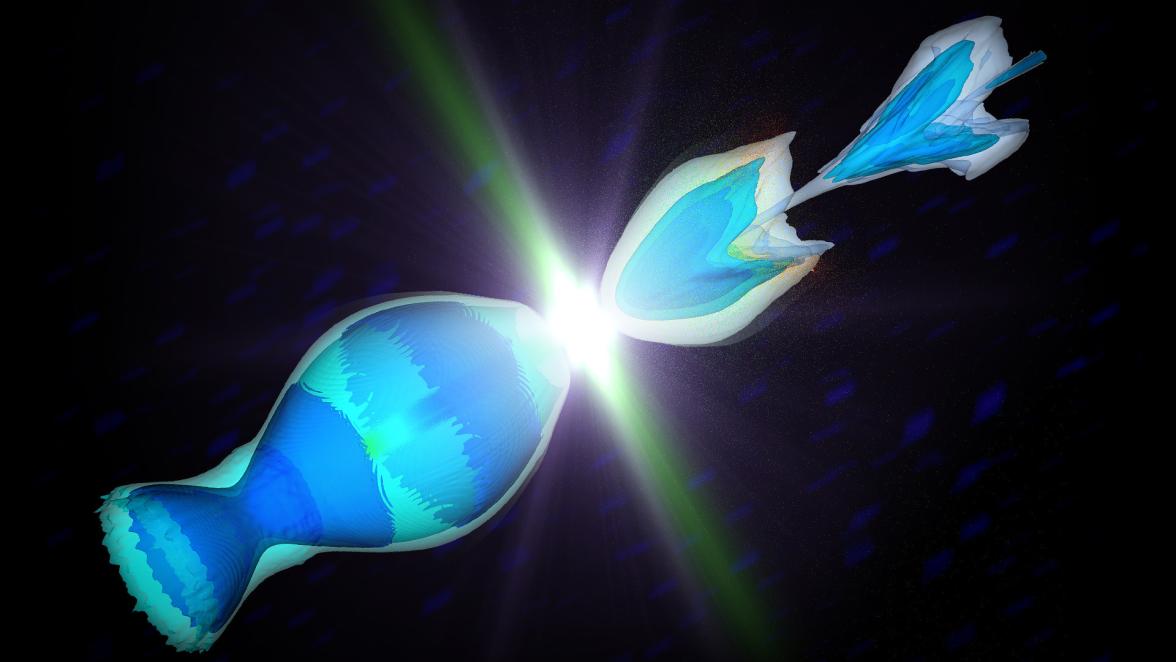
Accelerator R&D
New technologies, such as "plasma wakefield" accelerators, can boost electrons to very high energies in very short distances. This could lead to linear accelerators that are 100 times more powerful and that can boost electrons to a given energy in one hundredth the distance.
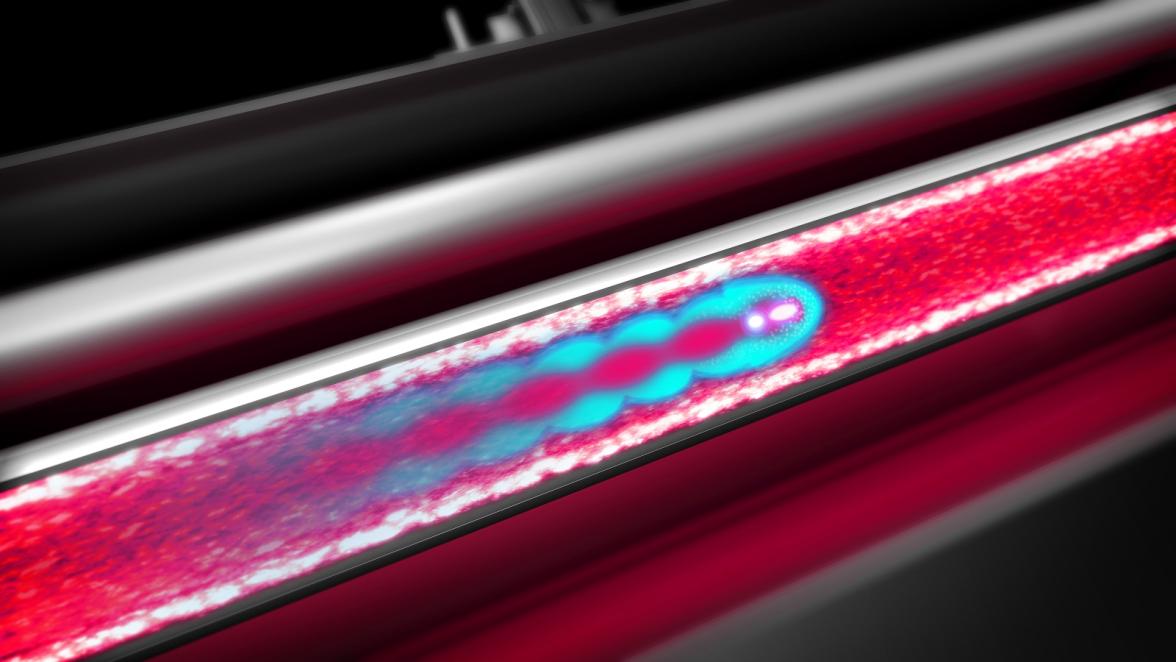
Accelerators of the future
SLAC scientists and engineers are instrumental in developing technology for future accelerators, from linear and circular particle colliders to new, ultrabright X-ray light sources and advanced technologies for the accelerators of tomorrow.
